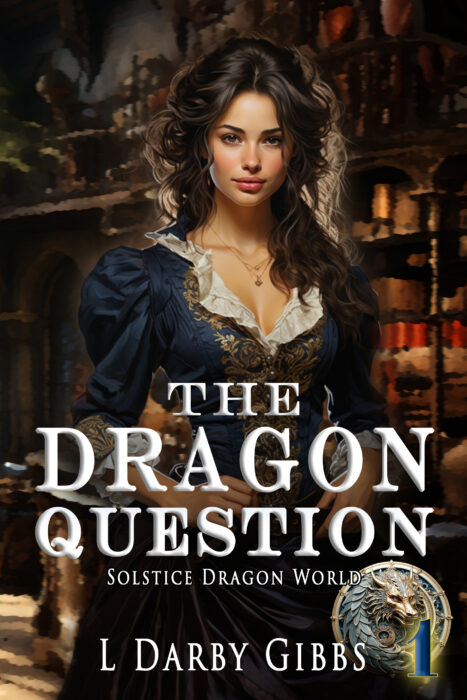My treadmill: an oldie but a goodie It has been interesting how my writing process has changed over time. I’ve always approached every writing project with an idea of how the story was going to end. Sometimes I have an outline but usually not. Looking back, I can see some constants: a title tends to…
Tag: novel ideas
Mirror Image ~ writing. Modified from a Photo by Mitchel Lensink on Unsplash Would you consider collaborating with another writer? I would have to know them very well and feel that we had similar writing styles and a united focus on the plot and characters. Of course, after saying that, I must admit I have…
Talking the story into life Partner and group brainstorming: I use this technique in my creative writing class. We gather around the table and discuss ideas. After we settle on one, I step back and write down each plot point or character decision as they work through them and build a consensus. Now and then…
I remember when I first starting thinking about writing my book In Times Passed. I worked at a factory and was a product grader. I would pull off the line anything that didn’t meet quality requirements. Doesn’t take much thought or intelligence, just good automaton-like reflexes. I would listen to music, day dream, write letters in…
